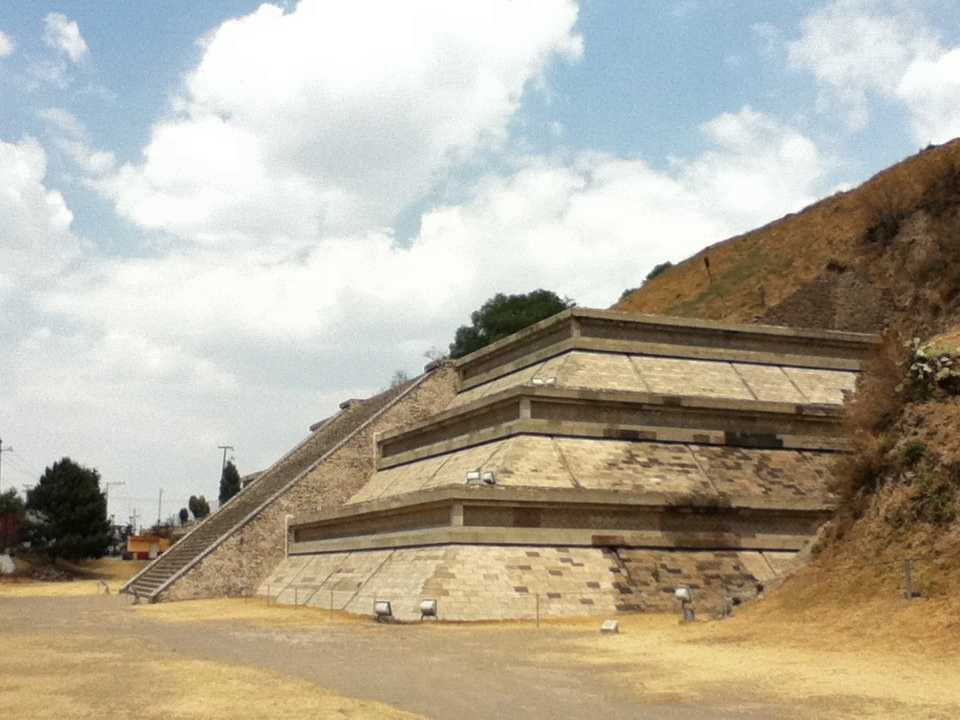Located in the Mexican state of Puebla, the Great Pyramid of Cholula, also known as Tlachihualtepetl (Nahuatl for “made-by-hand mountain”), is a marvel of ancient architecture and engineering. This pre-Columbian pyramid is not only the largest archaeological site of a pyramid in Mexico, but also the largest pyramid by volume known to exist in the world today. Its sheer size and historical significance make it a fascinating subject for history enthusiasts.
Get your dose of History via Email
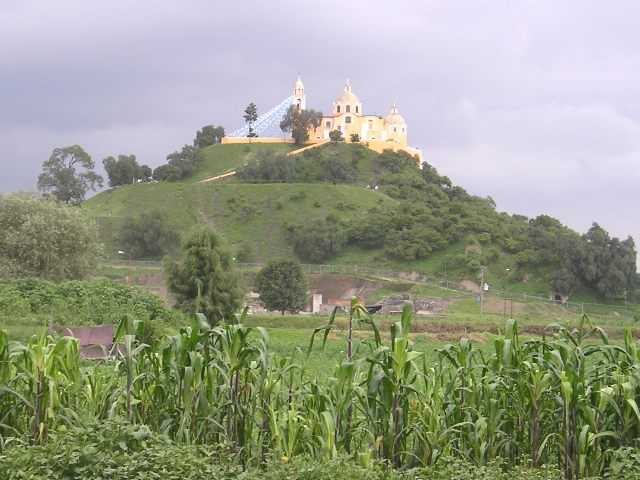
Tlachihualtepetl Pyramid’s Historical Background
The Great Pyramid of Cholula was constructed over a period of a thousand years, starting from the 3rd century BC. While the Olmecs are recognized as a foundational Mesoamerican civilization, current evidence suggests Teotihuacanos or even earlier inhabitants might be responsible for the earliest phase of construction. The pyramid was built in multiple stages, with each layer representing a different era and civilization: likely the Teotihuacanos, the Toltecs, the Chichimecas, and finally the Aztecs. The Tlachihualtepetl pyramid stands at a height of approximately 55 meters (180 ft) and covers a base of 450 by 450 meters (1,480 by 1,480 ft), making it even larger in volume than the Great Pyramid of Giza in Egypt.

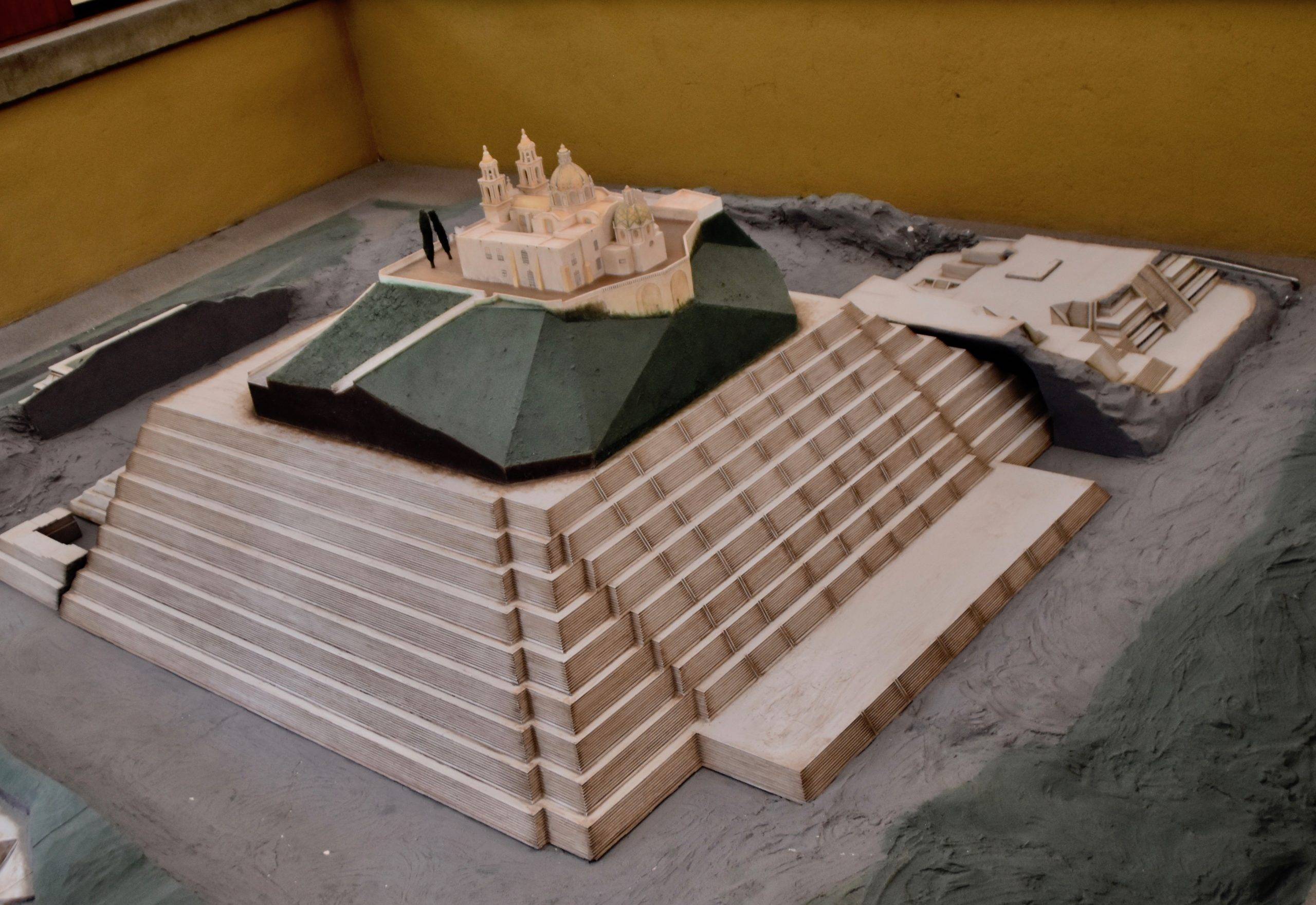
Architectural Highlights of The Largest Pyramid in the World
The pyramid was constructed using adobe bricks, a material made from earth and organic materials such as straw. The Tlachihualtepetl pyramid’s design is unique, with each layer built over the previous one, resulting in a structure that resembles a series of nested pyramids. The pyramid was once adorned with intricate murals and sculptures, many of which have been lost to time. However, some remnants of these artworks can still be seen in the pyramid’s intricate network of tunnels, which were excavated in the early 20th century.
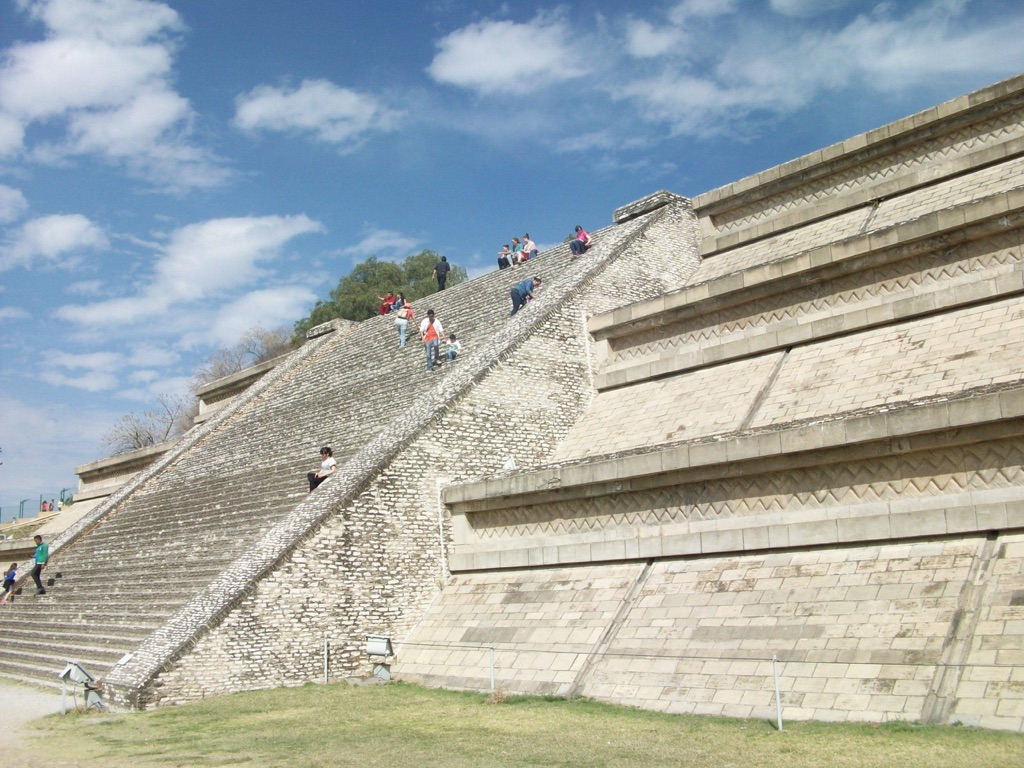
Theories and Interpretations
The Great Pyramid of Cholula was dedicated to the deity Quetzalcoatl, and it served as a religious and ceremonial center. The pyramid’s design, with its multiple layers, may represent the belief in the cyclical nature of time and the succession of different eras, each associated with a different deity. The pyramid’s alignment with the cardinal directions and its location in the center of the Cholula city-state suggest its importance in the cosmological and political landscape of the time.
Archaeological evidence, including pottery shards and remnants of murals, has been used to date the pyramid and understand its construction and use. The pyramid’s tunnels have also revealed a wealth of information about the different civilizations that contributed to its construction.
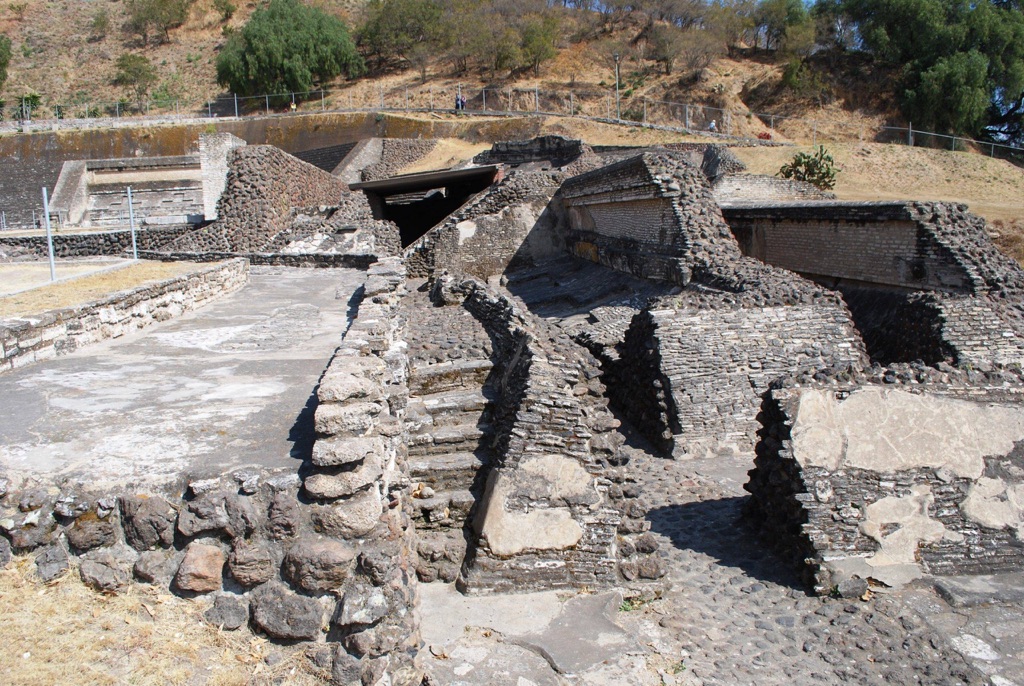
Good to know/Additional Information
Today, the pyramid is partially covered by a hill and topped by the Church of Our Lady of the Remedies, built by the Spanish in 1594. This unique combination of pre-Columbian and colonial architecture makes the Great Pyramid of Cholula a symbol of the rich and complex history of Mexico.
Despite its size and historical significance, the Great Pyramid of Cholula remains relatively unknown compared to other archaeological sites in Mexico. This makes it a hidden gem for history enthusiasts and a testament to the ingenuity and resilience of the civilizations that built it.
Learn how to pronounce Tlachihualtepetl here: https://www.youtube.com/watch?v=lOYSXF4td8c
Sources:
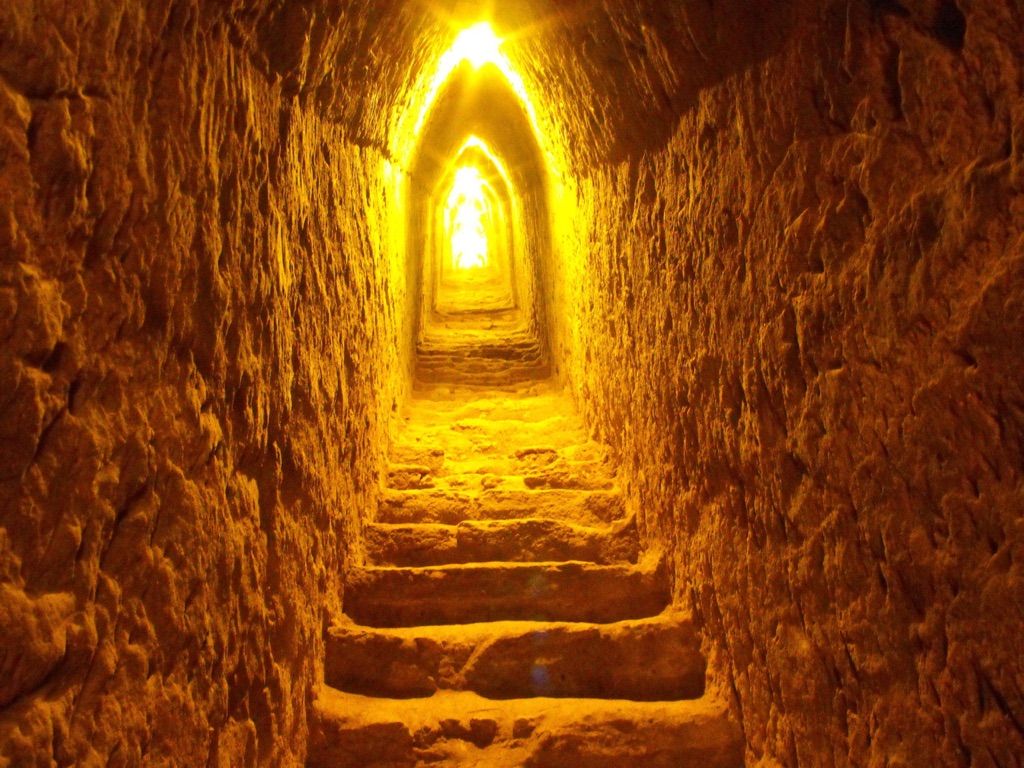
FAQ: The Great Pyramid of Cholula (Tlachihualtepetl)
When was the Great Pyramid of Cholula built?
The Great Pyramid of Cholula, also known as Tlachihualtepetl, is believed to have been constructed in multiple phases, starting from around the 3rd century BCE. Its construction continued in various stages through the 9th century CE, reflecting the cultural and religious significance it held for the pre-Columbian civilizations in the region.
Can you visit the Great Pyramid of Cholula?
Yes, the Great Pyramid of Cholula is open to visitors. It is a popular archaeological site located in Cholula, Puebla, Mexico. Visitors can explore the network of tunnels inside the pyramid, which were excavated by archaeologists, and visit the church of Nuestra Señora de los Remedios, which sits atop the pyramid. The site also features a museum that provides insights into the history and significance of the pyramid.
How big is the Great Pyramid of Cholula?
The Great Pyramid of Cholula is the largest pyramid in terms of volume in the world. It measures approximately 450 by 450 meters (1,480 by 1,480 feet) at its base and covers an area of about 18 hectares (44 acres). Its original height is estimated to have been around 66 meters (217 feet), but it appears as a natural hill today due to centuries of erosion and vegetation growth.
How old is the Great Pyramid of Cholula?
The initial construction of the Great Pyramid of Cholula is estimated to have begun around the 3rd century BCE, making it over 2,300 years old. Its construction and use continued for over a millennium, with significant additions and modifications made until the 9th century CE.
How tall is the Great Pyramid of Cholula?
The current height of the Great Pyramid of Cholula is approximately 66 meters (217 feet). However, it is important to note that the pyramid has undergone significant erosion and has been covered by earth and vegetation over the centuries, which may affect its current height and appearance.
Where is the Great Pyramid of Cholula?
The Great Pyramid of Cholula is located in the city of Cholula, in the state of Puebla, Mexico. Cholula is situated about 15 kilometers (9.3 miles) west of the city of Puebla, making it easily accessible for visitors interested in exploring this ancient marvel and the rich history of the region.


